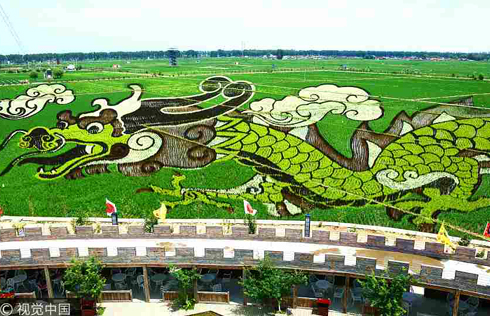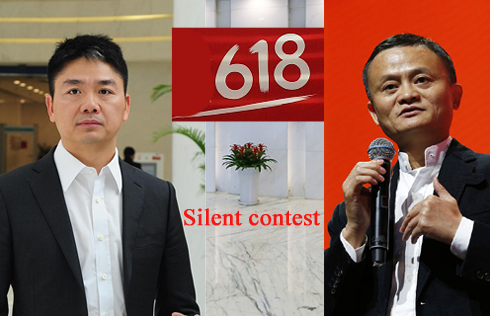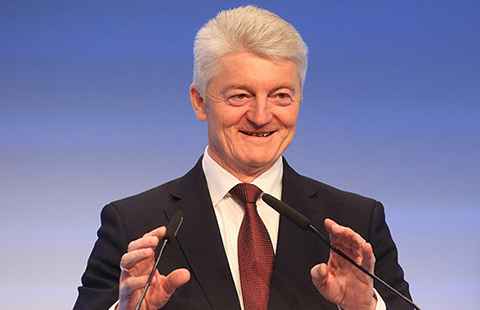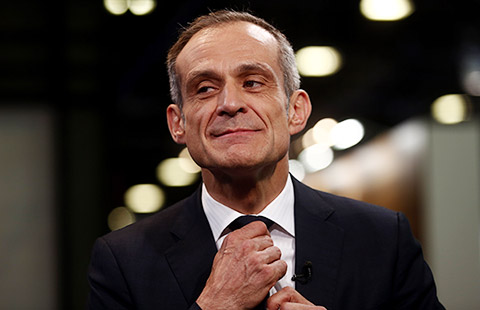Key fund pushes African growth
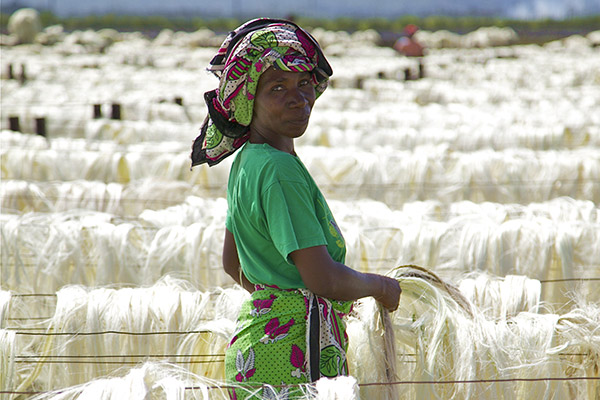 |
|
A woman is working at a drying area of a sisal hemp plantation in Morogoro region, Tanzania. [Photo provided to China Daily] |
Continent seen as major beneficiary of B&R Initiative
The China-Africa Development Fund will create new investment and financing models, and work with third parties to ensure sustainable development in Africa to tackle challenges such as poverty, weak infrastructure and developing the continent's industrial foundation, the head of the China Development Bank on Monday.
For a decade, the CADFund, the first equity investment fund sponsored by the CDB, has been serving a national development strategy as its top priority and has made use of its extensive experience and skills in comprehensive investment and financing in Africa.
The fund has contributed to China-Africa economic and trade cooperation in a market-oriented way and invested more than $4.4 billion in 36 African countries.
 |
|
Hu Huaibang, chairman of China Development Bank. [Photo provided to China Daily] |
It has also encouraged domestic companies to invest over $20 billion, making it the main platform for Chinese investment in Africa.
China Development Bank Chairman Hu Huaibang said the Belt and Road Initiative would continue to make African economies more competitive, narrowing development gaps between landlocked countries and coastal regions.
"Major sectors in Africa including agriculture, electricity power supply, manufacturing and infrastructure, require large funds but it can take up a long time for investors to see returns," Hu said.
"Therefore sufficient financing needs to step in."
The CADFund marked its 10th anniversary on Monday, serving as an indispensable platform for Chinese investors eying opportunities in developing economies.
Hu said a lack of experience and fiscal capacity was another hurdle that emerging economies were struggling to overcome, especially those related to the Belt and Road Initiative, and their market mechanisms and regulations needed improvement.
"As a result, the entry of financial capital has been restricted," Hu said.
"We will focus on bottlenecks that Africans face and help them set up a healthy, efficient and sustainable financing mechanism."
A number of infrastructure projects spanning ports, aviation and electricity power plants have progressed smoothly, Hu added.
A key power plant in Ghana, for example, was one of the projects the bank had supported. Its installed electricity capacity accounted for over 20 percent of Ghana's entire electricity capacity and had effectively eased the western African country's shortage of power supply.
"The fund has also boosted international collaboration on industrial capacity," Hu said. "It has not only accelerated Africa's progress toward industrialization, but also helped Chinese companies to expand their market presence abroad."
According to Hu, every year a wide range of Chinese products have streamed in the African market. Chinese companies were able to produce 11,000 trucks, 300,000 air conditioners, 450,000 refrigerators, 560,000 televisions and 1.6 million metric tons of cement in the continent annually.
Hu added that it had set a practical example of international industrial capacity cooperation.
Chi Jianxin, chairman of the CADFund, said the fund supported the development of local industrial projects, especially in some weak areas such as agriculture, forestry, small and medium-sized business development.
"This effectively activates the vitality of a substantial economy, creates job opportunities and improves people's livelihoods," Chi said.





